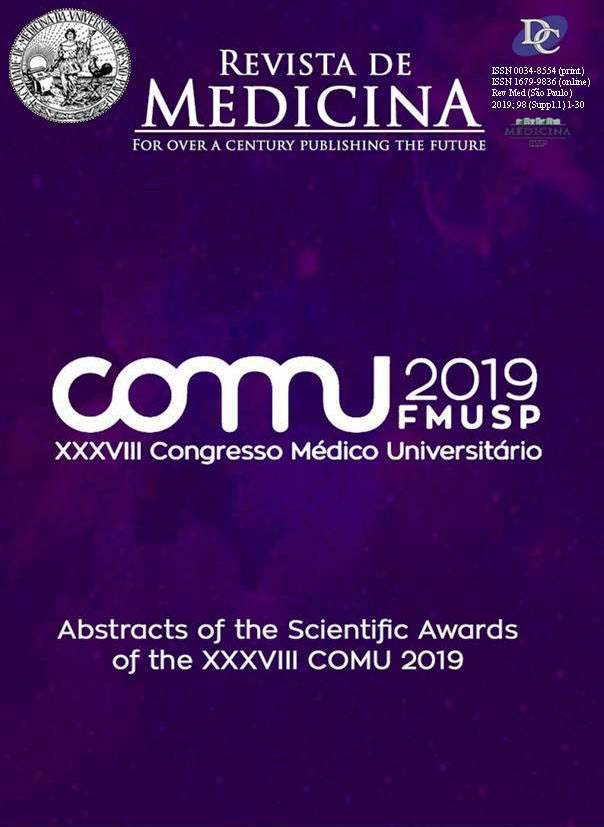The role of diffusion tensor imaging and tractography for deep brain stimulation planning in treatment of obsessive-compulsive disorder
DOI:
https://doi.org/10.11606/issn.1679-9836.v98iSupplp13-13Palavras-chave:
Deep brain stimulation, Diffusion tensor imaging, Obsessive-compulsive disorderResumo
Introduction: Obsessive-compulsive disorder (OCD) is a common, chronic and long-lasting mental disorder. The current first-line therapy for OCD is high doses of selective serotonin reuptake inhibitor (SSRI) and cognitive-behavioral psychotherapy. For patients with refractory symptoms, studies demonstrated that they may respond well to Deep Brain Stimulation (DBS), a technique that can modulate altered neuronal activity. Some stimulation sites are currently being used as targets to DBS and showed good response, but further analyses are necessary to improve the location of the electrodes since some patients demonstrated a poor outcome. Neuroimaging that assess white matter such as diffusion tensor image and tractography can evaluate the quality of the targets and assess the tracts that are affected by the electric field of the electrodes used in the surgery. Our hypothesis is that the patient outcome depends on the trajectory of the tracts that are affected by the electric field.
Objectives: Our aim is to investigate which tracts connected with the stimulation sites contribute to clinical improvement effects and weather is possible to predict the outcomes based on connectivity.
Methodology: We analyzed 4 patients (2 female) with treatment-refractory obsessive-compulsive disorder undergoing deep brain stimulation targeting the anterior limb of the internal capsule/ nucleus accumbens (ALIC). We will perform tractography analysis of the fibers using the volume of active tissue (VTA) as the region of interest. We will relate the alteration in OCD symptom severity on Yale-Brown obsessive-compulsive scale (Y-BOCS) between the condition before surgery and one-year follow-up with the tracts involved with the stimulation sites using DTI data such as fractal anisotropy and mean diffusivity.
Partial Results: Half of the patients did show great improvement and the other two maintained a bad outcome. We found that active stimulation of the ALIC more lateral and posterior of the nucleus was associated with a better outcome. Currently, the description of the tracts involved in patients with better outcomes is performed. The tracts involved with this result will be determined by analysis of DTI and tractography.
Discussion and Conclusion: For a future perspective, the results will be important to improve the stimulation sites in DBS surgery resulting in better outcomes.
Downloads
Downloads
Publicado
Edição
Seção
Licença
Copyright (c) 2019 Revista de Medicina

Este trabalho está licenciado sob uma licença Creative Commons Attribution-ShareAlike 4.0 International License.




